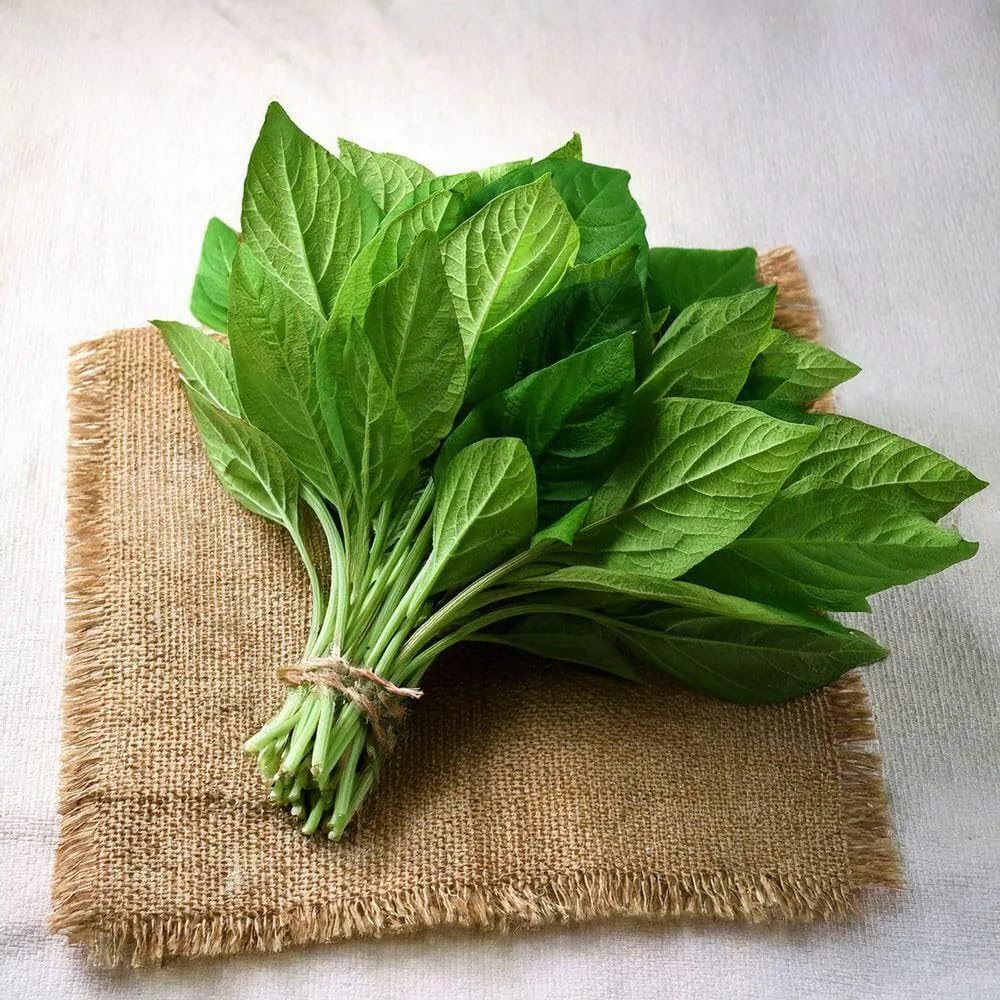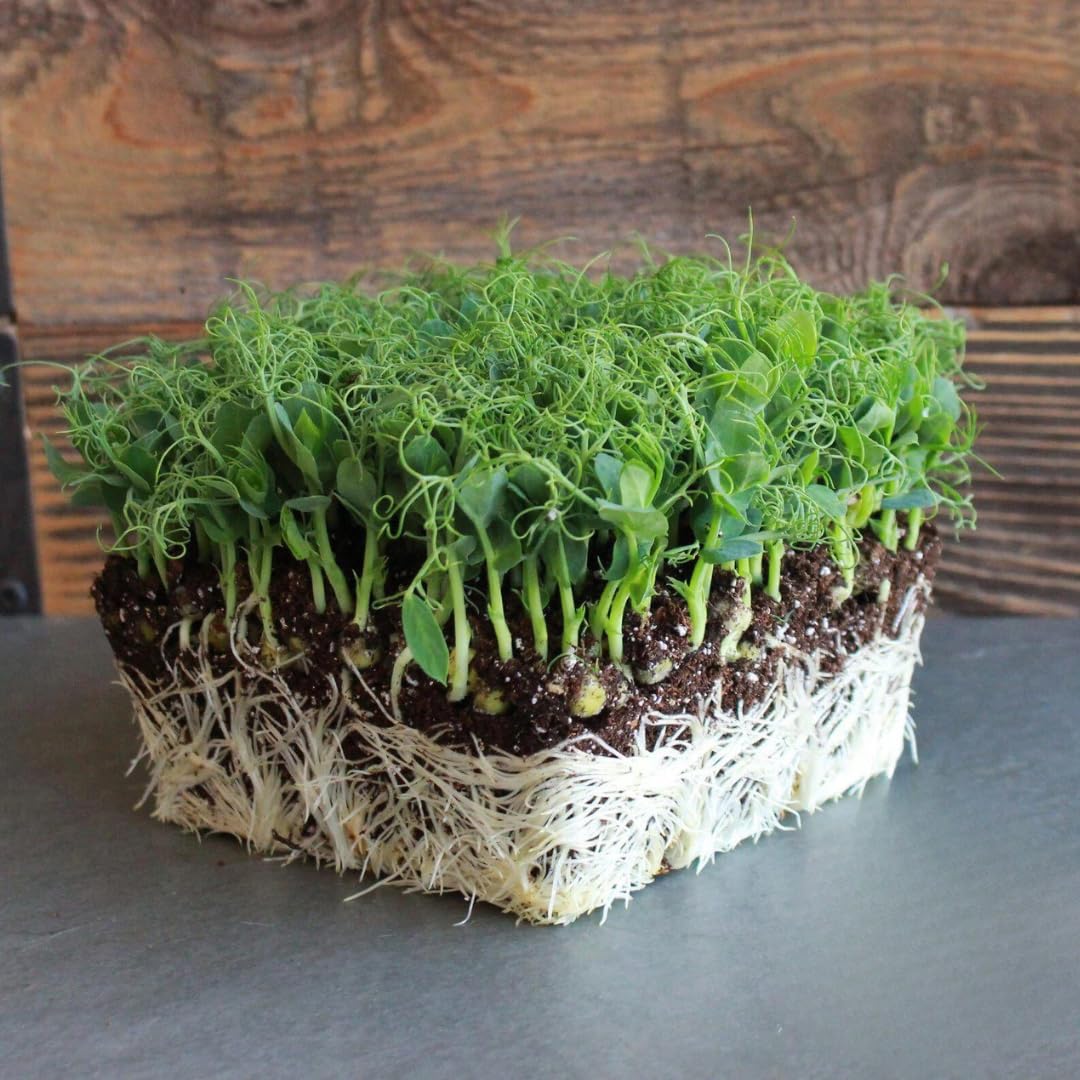



Gomphrena globosa (Amaranth Globe) is an annual flowering plant with a small flower head that resembles a clover. The globe-shaped blooms come in purple, pink, red, orange, white, lavender, and magenta to about 4 cm long. The Gomphrena globe is good for attracting pollinators such as bees, butterflies, and other pollinators. These little flowers are a delight in the garden and the vase. Growing gomphrena is very easy as it is a low-maintenance and drought-tolerant plant.
From: ₹80.00
| Weight | 0.01 kg |
|---|---|
| Dimensions | 15 × 1 × 6 cm |
| No. Of Packet | Pack of 1, Pack of 2, Pack of 5, Pack of 10 |







Lakshay –
Each bloom has a unique shape and size, making my garden look lively and colorful.